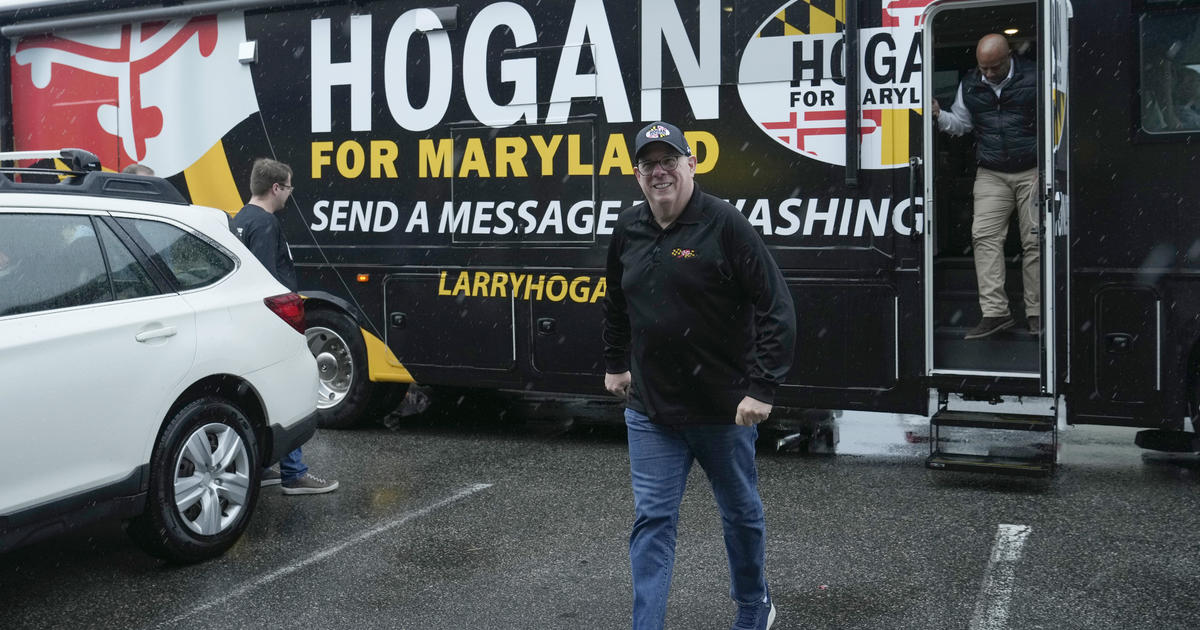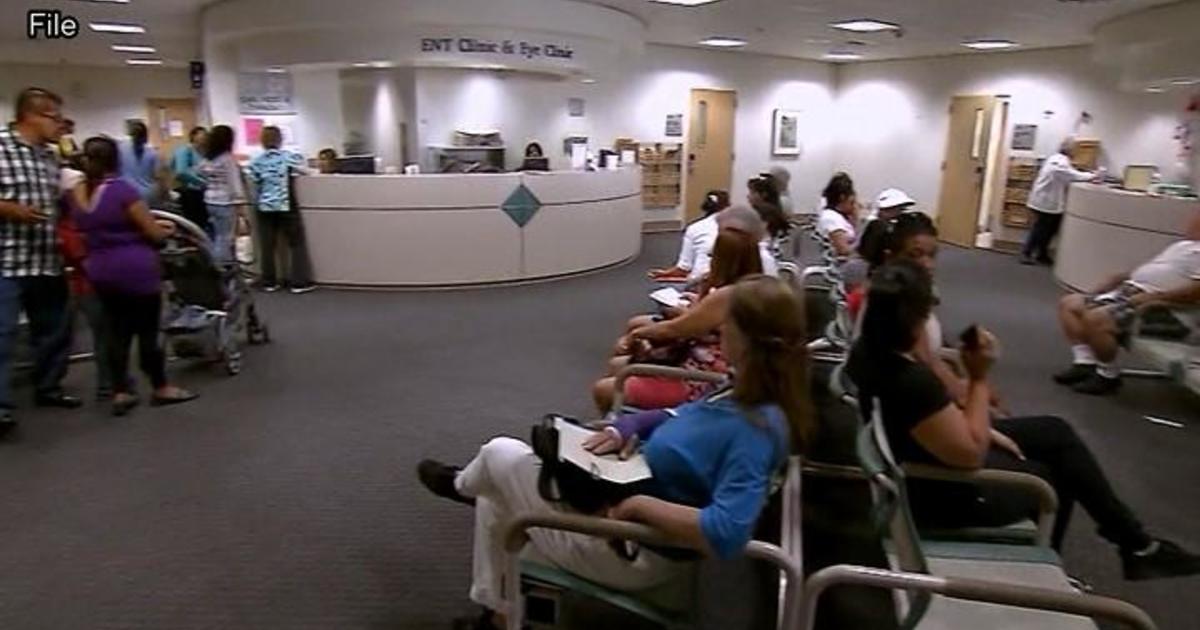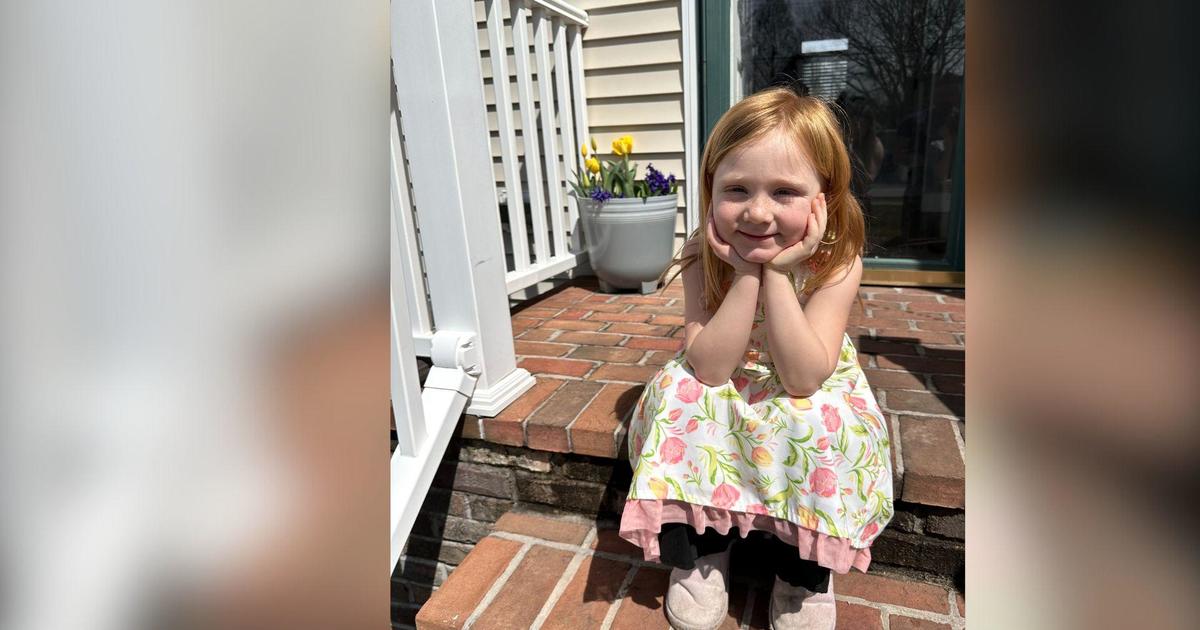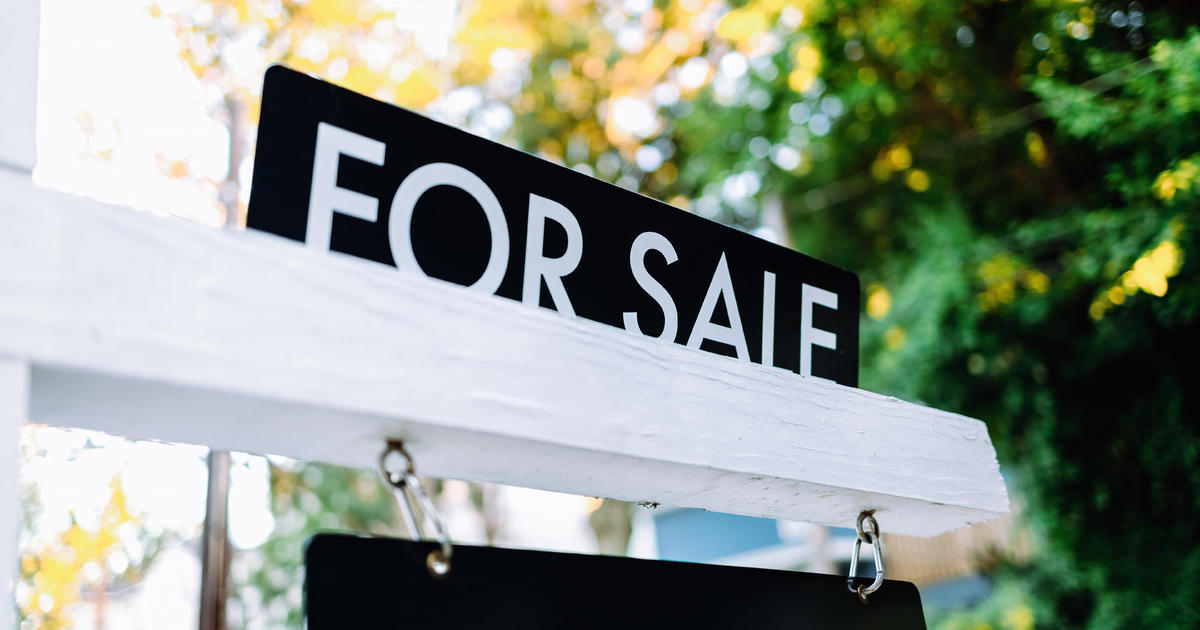Neighborhood Looks To Shift The Majority Minority
WHEATON, Md. (AP) -- Ed and Mary Williford had everything they ever wanted in a neighborhood when they moved with their two small children into the two-bedroom, one-bath house on Judson Road in Wheaton in 1974.
They knew everyone up and down the block. Their kids played touch football and baseball with friends in the grassy median strip. And they spent long, easy afternoons sitting out on their front porch, chatting with neighbors who had become as close as family.
From the time the tidy Cape Cods, ranchers and split-levels were hastily built in the 1950s to house the exploding ranks of federal workers and World War II veterans, the people who lived in their Glenmont Forest neighborhood typified Montgomery County - everyone was white and middle class.
Now, more than five decades later, the matchbox homes look largely the same. But the neighborhood has changed greatly.
Up and down Judson Road, mail is delivered to residents with names like Garcia, Arroyo and Flores. Glenmont Forest is now 61 percent Hispanic and 20 percent non-Hispanic white. Soccer is what the children play nowadays in the median.
The significant shifts that have remade Wheaton are underway in much of Montgomery County. A Washington suburb that was once synonymous with white, well-educated affluence has become a majority minority county, census data released last week show.
In the past 10 years, Montgomery's Hispanic population has jumped 64 percent. Hispanics now outnumber African Americans for the first time.
Wheaton is about 40 percent Hispanic, giving it the greatest Hispanic concentration in Montgomery. But the fastest growth took place on the other side of the county in Germantown, where the Hispanic population nearly tripled in 10 years.
During the past decade, the county's white population fell nearly 8 percent, reflecting a trend throughout Maryland. In 2010, 40,000 fewer non-Hispanic whites lived in Montgomery County than in 2000.
In Glenmont Forest, the shift has been far more dramatic. Its white population plummeted 41 percent in the past decade. Nearby Highland Elementary School is now majority Hispanic, with more than two-thirds of its children taking special English language instruction and a similar proportion qualifying for free and reduced meals for families in need. Only 4 percent of the students are white.
The Willifords have watched it all from the picture window of their living room.
"We've outlasted a lot of people," said Mary, 65.
The sweeping changes have led to tensions. Some of the new arrivals have rented out basements, back bedrooms and attics. At one point, front yards were jammed with cars, and construction trucks were parked on narrow streets. The grassy medians often got treated as dumps, collecting beer bottles, dirty diapers and fast-food trash that longtime residents still spend their weekends picking up.
Some of the Willifords' longtime neighbors fled. One said she wanted to be closer to her family in Pennsylvania, then moved to Fairfax.
But those who stayed are joining a nascent civic association and trying to reach out across language and culture differences to re-create the neighborhood pride and community cohesion that once made Glenmont Forest everything the Willifords wanted.
"We don't mind being here with the changes. We don't mind the Hispanics. We're not prejudiced," said Ed Williford, 68, who has long worked for defense contracting companies. "If they're good people, fine. Some are doing beautiful things to their homes, making them look like Bethesda or Potomac. But others, who leave the trash - they have no respect."
"Maybe some need a little education on how to live in an American community," added Mary Williford, an office manager for a private equity firm. "Some leave loads and loads of beer bottles and trash. I think people get frustrated when they see that. That's not the way we like to live."
When the Willifords paid $39,500 for their home on Judson Road, they were only the second owners of the house.
Their next-door neighbor, widow Rose Samsone, was the original owner of her house. The families became so close that the Willifords called her Nana.
The lady across the street was up on the latest neighborhood gossip, and the neighbor just behind them, a man they called "the mayor," called in county snow plows in winter and debris trucks for yard clippings in spring.
Then the original owners got older. Some moved into retirement homes; others died. Many of their houses became rentals, the Willifords said. The more transient population made less of an investment in the neighborhood, sparking the initial exodus of whites that continues today.
Carol Waldecker, who moved to Wheaton in 1965 as a young bride and works at Highland Elementary, said she is one of the few whites left on her block.
"Wheaton's been through a lot of changes, but this is my neighborhood," she said. "I've never even thought about moving.
Others did move, heading to Germantown or Poolesville, where they could buy larger houses for the same money.
"These houses are old and very small, compared to what you could buy in the newer housing developments," Mary Williford said.
As the white families moved out in the 1980s and '90s, many African Americans from the District moved in, she said. The just-opened Wheaton and Glenmont Metro stations were draws.
Then, when housing values across the county skyrocketed in the 2000s, house after house went up for sale. More often than not, the people buying them were Hispanic, largely from El Salvador and other Central American countries.
Juan Carlos Eyzaguirre, 53, bought his house in the neighborhood in 1992.
"We were the first Latinos on our block," he said in Spanish. Eyzaguirre, who runs a cnstruction company, is from Bolivia. "There were a few Africa- Americans and Asians, but it was mostly white. Now, it has changed completely. It's almost all Latino now. It's been so surprising to see."
Just down the street, at the Salvadorenita Grocery, one of several Latino specialty stores on Georgia Avenue, Maria Elena Leon, 38, is the face of the new Wheaton.
She came to the United States eight years ago and settled in Wheaton because her brothers lived there.
As she stacked boxes and tidied the packages of Mexican, Argentine and Salvadoran sausages and the salami favored by customers from the Dominican Republic, Leon said she and her husband and three children live in the rented basement of a nearby house.
Though her husband, who cleans office buildings, is out of work, she hopes to save enough to get an apartment. Unlike some who have come to the neighborhood - day laborers who, she said, came to make money and then return home - she wants to stay in Wheaton.
"It's so quiet here," she said. "And all my family is here. It's home."
Scott Steffan, principal at Highland Elementary School, said many of the Hispanic families who send their children to the school are renters, and many of them rent basements, attics or even parts of a room partitioned by a sheet.
"Since the economy took a hit, more and more of our families are living together," he said. "Where there may have been two or three before, now it's three or four. Some of them are pretty close to abject poverty."
The school has worked hard to get Hispanic parents involved. PTA meetings, which were traditionally held at night and attracted only a handful of white mothers, are now held in the morning, run by a diverse executive board and draw close to 50 parents.
"We knew that our daughter would go to school as a minority, and I worried that she'd slip through the cracks," said Kirstin Goldston, a PTA leader. "But it's been fabulous. The teachers work with small groups to make sure everyone gets what they need. My kindergartner wants to learn Spanish because that's what all her friends speak."
Highland, once tagged as an underperforming school, won a national Blue Ribbon award for excellence in 2009.
But forging a new community across languages and cultures has been difficult.
The Willifords and other residents, bothered by litter, cars parked on lawns, graffiti and a rash of auto break-ins, came together a few years ago to form the Glenmont Forest Neighbors' Association.
Maria DaSilva, a federal worker who is from Brazil and moved into the neighborhood in the 1990s, has worked tirelessly to recruit more Hispanic neighbors to meetings and events.
"We got two at a holiday party," she said. "So that gives me hope."
Ed and Mary still don't know many of their neighbors. They no longer keep chairs on their front porch. And after the neighbor behind them built an oversized work shed in his backyard, they wound up erecting a six-foot wooden fence to block the view of the construction debris from his business.
They've toyed with the idea of moving into a retirement community.
"But I wonder if it would be lonely for us," Mary said. "Since we started the civic association, I feel more connected to the neighborhood, more camaraderie. I like seeing someone at the grocery store now and being able to say 'Hi.' We didn't have that before. It's nice."
(Copyright 2011 by The Associated Press. All Rights Reserved.)



